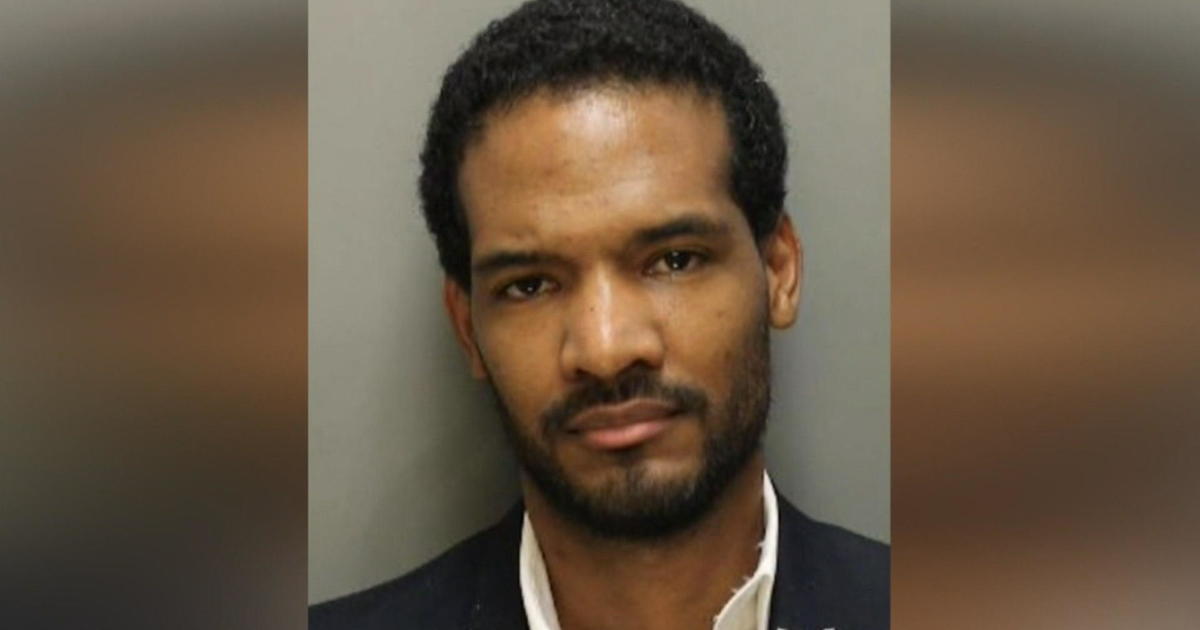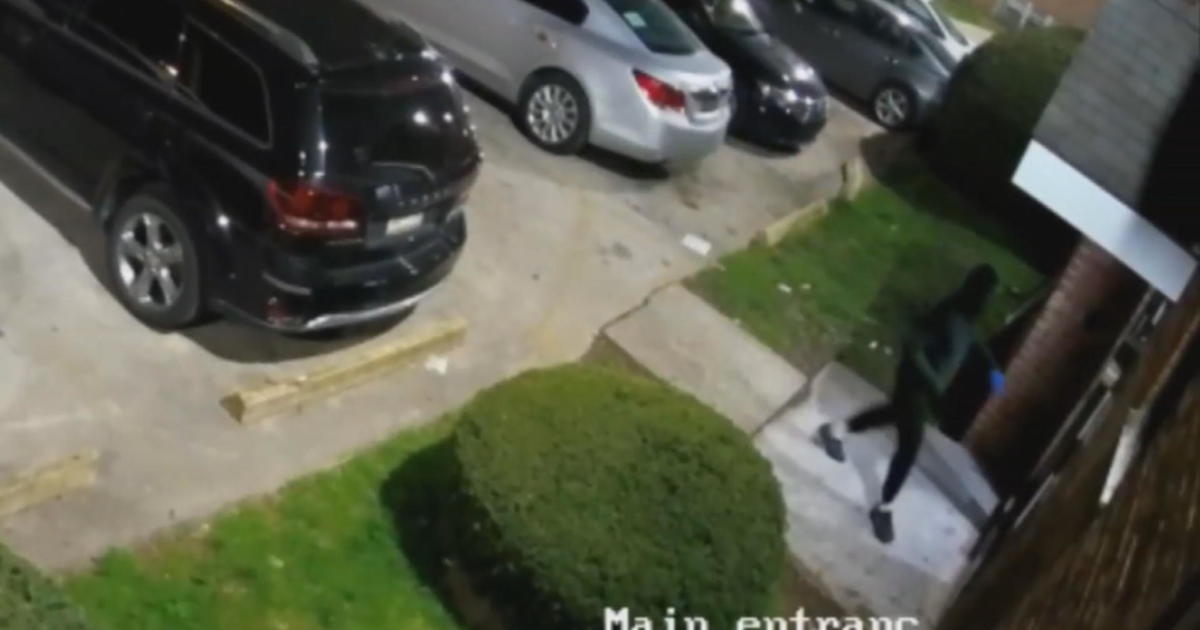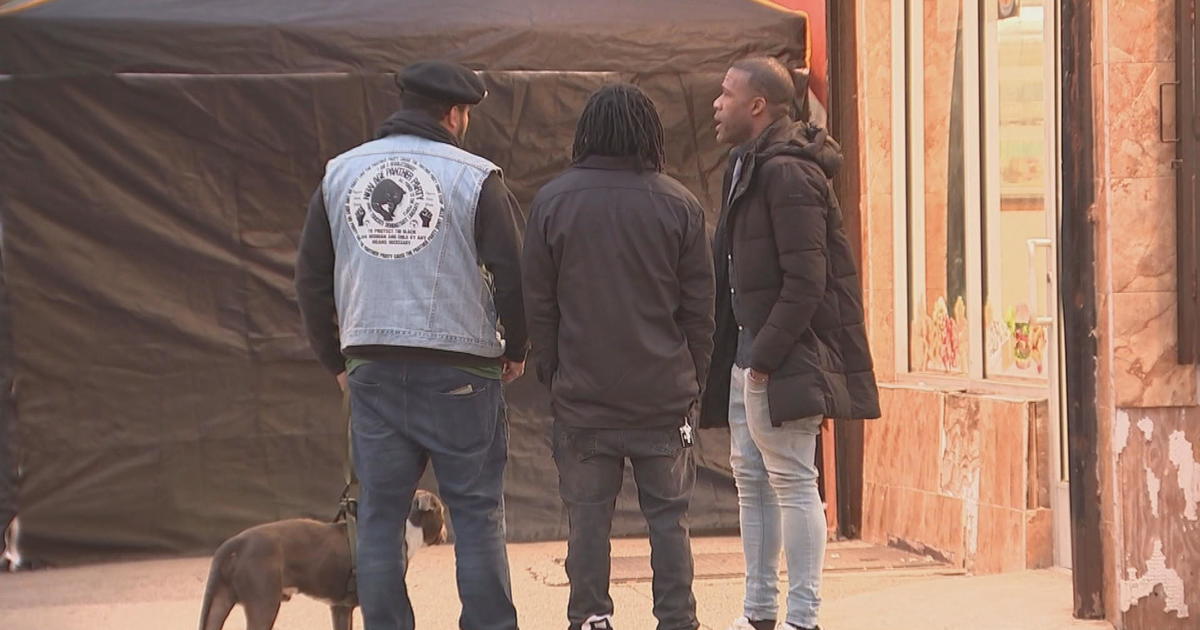Where Rail Safety Stands 1 Year After Deadly Amtrak Derailment
By Chelsea Lacey-Mabe and Ray Boyd
PHILADELPHIA (CBS) -- Today marks the one-year anniversary of the Amtrak 188 derailment in Frankford that killed eight people and injured more than 200 others.
According to the National Transportation Safety Board, the train exceeded 100 mph prior to derailing near the Frankford Junction curve just before 9:30 p.m. on Tuesday, May 12, 2015 near the 2000 block of Wheatsheaf Lane.
However, the moments leading up to the crash largely remain a mystery as the train's engineer Brandon Bostian told NTSB he had a "very foggy memory," of that night. No criminal charges have ever been filed but AMTRAK has since installed in-cab cameras in their locomotives to help monitor the engineer's performance.
Bostian aside, Amtrak safety was put into question over the Positive Train Control system, or PTC, that many believed would have prevented the crash had it been fully implemented on the northeast corridor where the accident occurred.
According to transportation experts, the technology is able to automatically stop or slow down a train to prevent it from going into an established work zone, train-to-train collisions, derailments and keeps the locomotives from steering into the wrong tracks when the main line switch is in the wrong position.
In 2008, Congress set a deadline for railroads to install the safety measure by December 31, 2015.
However, Congress found the initiative to be a bigger and more expensive undertaking than originally thought. Less than three weeks shy of the deadline, lawmakers extended it to December 31, 2018, giving the railroads three years to complete the projects and the option to request an additional two years beyond that.
Amtrak completed its PTC system, ACSES, on the northeast corridor in mid-December—seven months after the derailment.
And they're not the only ones. SEPTA has also implemented PTC since the derailment last year to make the rails safer for their customers and their employees.
Although not as large-scale, SEPTA too has had its share of train accidents. In February, one person sustained a minor head injury when the SEPTA train they were riding struck a disabled taxi on the Manayunk/Norristown line.
PTC is an initiative that SEPTA has been working on for quite some time and the agency asked for patience during the implementation. It officially launched on April 18 on the Warminster Regional Rail Line.
SEPTA experienced initial issues with the system in terms of service times but were eventually worked out.
Despite the initial hiccups, SEPTA explained that PTC proved its worth early-on when, within the first two days of using it, a truck hit a grade crossing gate near the Willow Grove Station. PTC allowed SEPTA to protect the out-of-service equipment.
The Warminster Line is the only SEPTA line currently operating PTC, but SEPTA spokesperson Carla Showell-Lee told CBSPhilly.com that the next priorities are to have it operational on the Fox Chase Line and the Doylestown Line by May 23. Their goal is to implement PTC on all tracks by the end of July.
"[SEPTA] will be way ahead of schedule for the FRA deadline," Showell-Lee added. She explained that the use of PTC has been well received.
Despite new safety measures, Amtrak has come back under scrutiny since the derailment last May for another accident on the same northeast corridor.
On April 3, Palmetto train 89 hit a backhoe doing track maintenance, killing the operator of the vehicle as well as an Amtrak supervisor.
More than 50 others onboard the train were also injured.
According to NTSB officials, the backhoe had a right to be on the tracks at that time and was struck at a speed of 106 mph.
The wreck prompted Amtrak to retrain rail workers on basic safety rules following a directive from the Federal Railroad Administration. The directive suggested the collision must have followed a breakdown in communication.
Both railroads continue to look for new ways to make their trains and tracks safer but eliminating every potential railway danger remains a daunting task.



